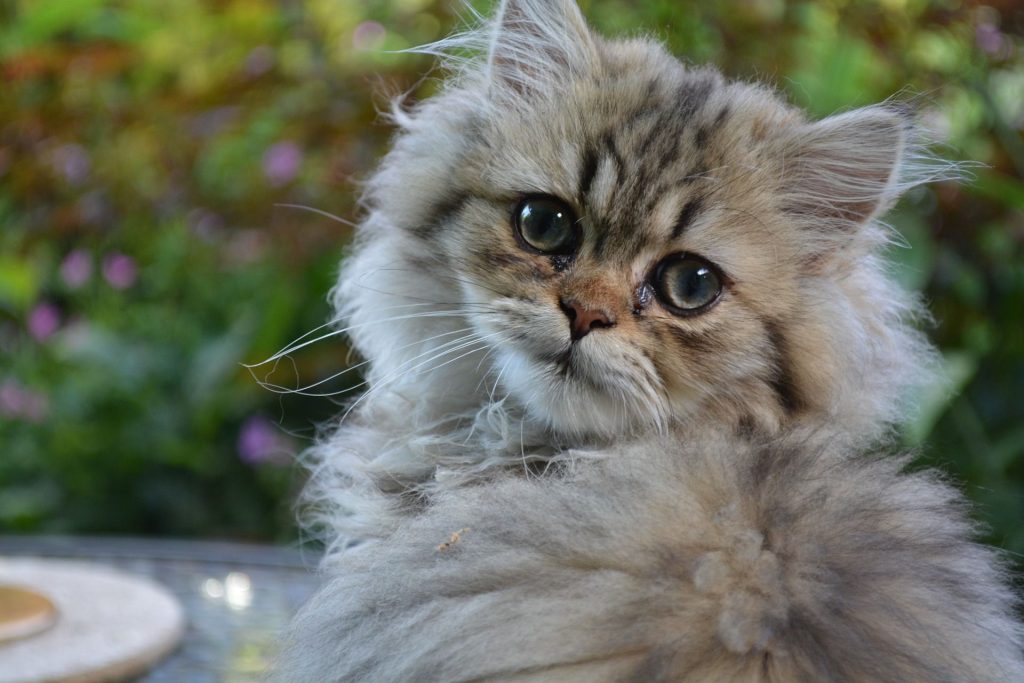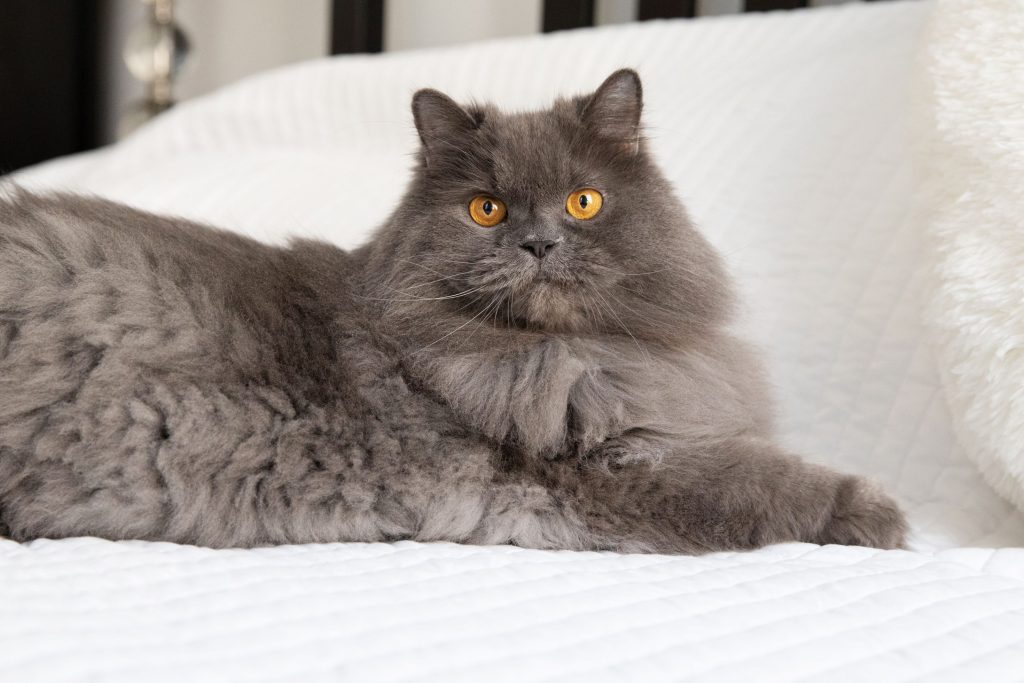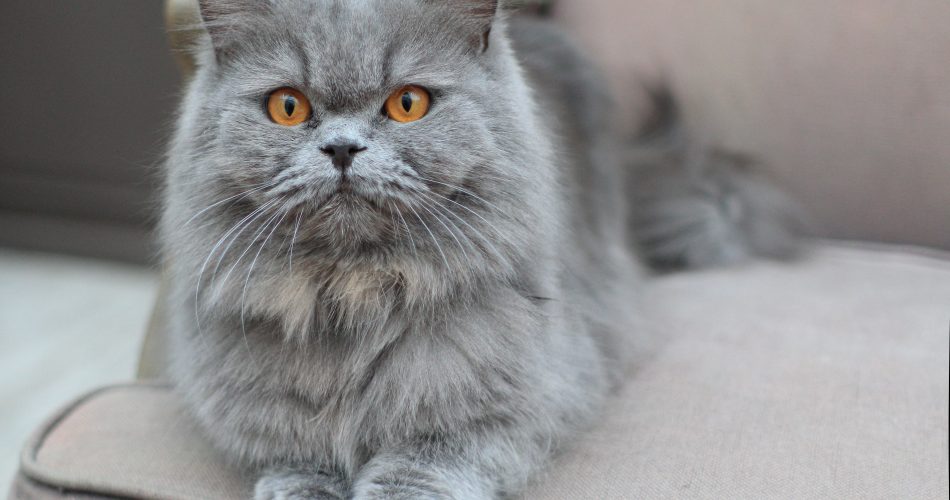The Persian cat is one of the most beloved and iconic feline breeds in the world. With their luxurious coats, charming personalities, and regal appearance, Persian cats have captured the hearts of cat lovers for centuries. Their history is as rich and captivating as their appearance, tracing back thousands of years and spanning different cultures and civilizations.

Ancient Origins
The Persian cat’s origins can be traced back to ancient Persia, now modern-day Iran. Historical records suggest that long-haired cats were highly prized in the region as early as 1684 B.C. These cats were cherished for their unique, long, and silky coats, which set them apart from other feline breeds of the time. It is believed that Persian cats were selectively bred by early civilizations for their beauty and companionship.
Introduction to Europe
Persian cats were introduced to Europe in the 1600s by Italian traveler Pietro Della Valle. He brought these exotic felines to Italy from Persia, where they quickly gained popularity among the European aristocracy. The cats were highly valued for their elegant appearance and were considered a symbol of luxury and status. Their popularity spread across Europe, with countries such as France and England embracing the breed with enthusiasm.
Development in the 19th Century
By the 19th century, Persian cats had become a staple at cat shows and exhibitions in Europe. Breeders began refining the breed’s characteristics, focusing on enhancing their luxurious coats, round faces, and large expressive eyes. The British played a significant role in standardizing the breed, and Persian cats were soon exported to other parts of the world, including the United States.
Persian Cats in America
Persian cats made their way to America in the late 19th and early 20th centuries. Their popularity soared as they became a favorite among cat fanciers and pet owners alike. In 1906, the Cat Fanciers’ Association (CFA) was established, and Persian cats were among the first breeds to be recognized and registered. Today, they remain one of the most popular breeds in the United States and worldwide.
Breed Characteristics and Variations
Over the years, Persian cats have been selectively bred to emphasize specific traits such as their thick, flowing coats, flat faces, and gentle demeanor. There are now different variations of Persian cats, including the traditional (doll-faced) Persian, which retains the original features of the breed, and the modern (flat-faced) Persian, which is characterized by a more pronounced brachycephalic face.

Cultural Significance
Persian cats have appeared in literature, art, and popular culture for centuries. Their majestic appearance and gentle temperament have made them a favorite subject of painters, writers, and filmmakers. They have also been featured in royal courts and have become symbols of grace and sophistication.
Caring for a Persian Cat
With their long and luxurious coats, Persian cats require regular grooming to prevent matting and maintain their signature appearance. They also require a balanced diet, regular veterinary check-ups, and a calm living environment to thrive. Despite their need for extra care, their loving and affectionate nature makes them a rewarding pet for devoted cat owners.
Conclusion
The history and origins of Persian cats are a testament to their enduring appeal and significance in human culture. From their ancient roots in Persia to their status as one of the most cherished cat breeds worldwide, Persian cats continue to enchant cat lovers with their beauty, elegance, and affectionate personalities. Their journey through time is a fascinating testament to their resilience and timeless charm.
